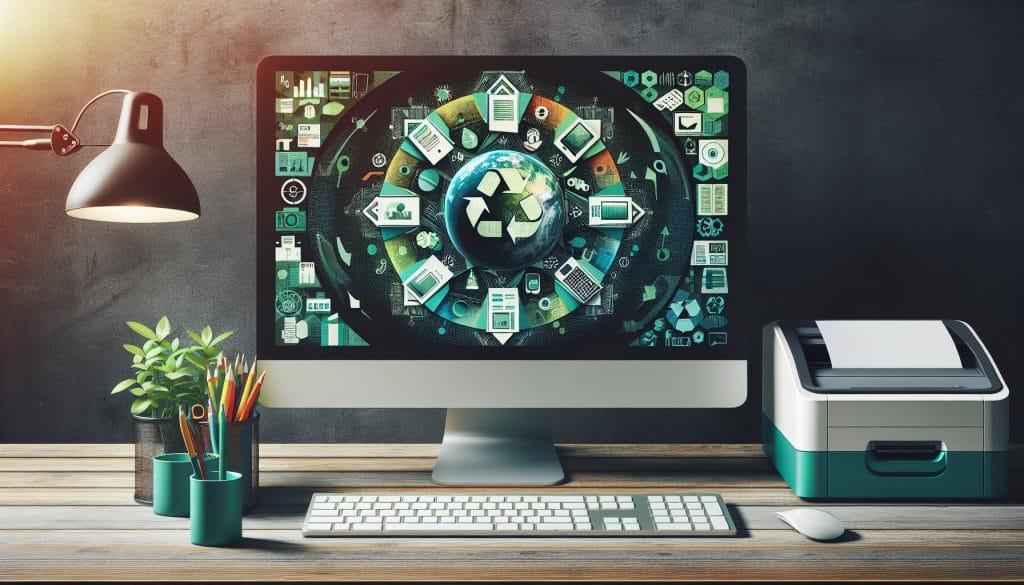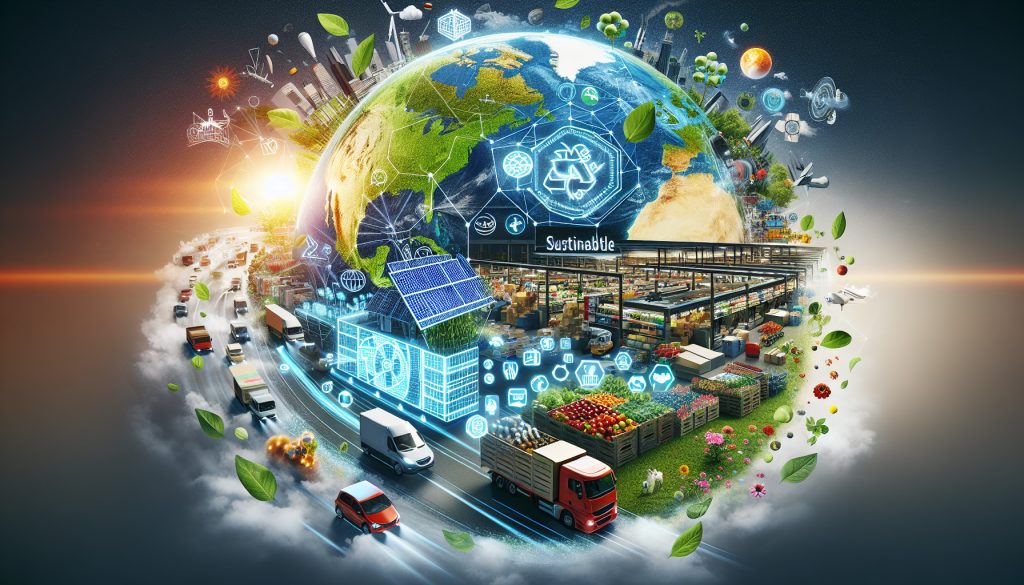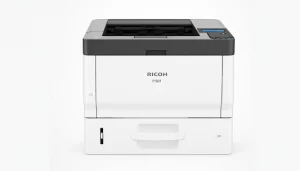Sustainable Printing: Environmentally Conscious Purchasing Decisions for Printers in Germany
In today's world where environmental protection and sustainable practices are becoming increasingly important, the topic of "buying sustainable printing" is of central importance. Consumers and companies in Germany are increasingly looking for printing solutions that make both ecological and economic sense. In this article, we will look at the different aspects of sustainable printing and provide tips on how to make environmentally conscious purchasing decisions.
Why is sustainable printing important?
Printing is an indispensable part of our daily routine, whether in the office, at school or at home. However, printing also brings with it some environmental challenges:
- Resource consumption: Paper, ink and energy are resources consumed in printing. The production of these resources has a major impact on the environment.
- Waste generation: Printing waste, such as empty printer cartridges and unused paper, contributes to the global waste crisis.
- Pollution: The chemicals in printer cartridges can pollute the environment if disposed of improperly.
These negative impacts can be significantly reduced by making environmentally conscious decisions when printing. This applies to both the choice of printing equipment and the materials used.
Sustainable Printers: Features and Benefits
Dubio's simple selection can be complex, so it is necessary to focus on some essential features:
- Energy efficiency: When purchasing, make sure that the device has a high energy label. Devices with the Energy Star certificate consume significantly less energy.
- Sustainable materials: Some printers use recycled materials or produce less waste. Look for manufacturers that promote environmentally friendly practices.
- Refillable cartridges: Printers that use refillable or refillable ink cartridges help reduce waste.
A good example of sustainable printers in Germany is the Ricoh B213that is designed to be environmentally friendly and energy efficient. These features make it an excellent choice for environmentally conscious consumers.
Environmentally friendly printing techniques
When choosing printing techniques, not only the printer itself plays a role, but also the method used:
- Offset printing: This form of printing is very efficient and can process large quantities of materials, reducing resource consumption.
- Digital printing: Ideal for smaller runs as it requires less material and minimizes waste.
- 3D printing: In production, 3D printing could rapidly gain importance as it often reduces waste during manufacturing.
paper types and requirements
Choosing the right paper can have a significant impact on the environmental impact of the printing process:
- Recycled Paper: Paper recycling reduces the need for new wood resources and reduces waste.
- Certified paper: Look for paper with FSC or PEFC certification that comes from sustainably managed forests.
- Water-saving paper: Alternatives to traditional paper types can reduce water consumption during production.
use of ink and cartridges
Choosing the right ink is just as important as choosing the printer itself. Here are some aspects to consider when choosing buy sustainable printing to consider:
- Ecological inks: These inks are made from organic and plant-based ingredients that are less harmful to the environment.
- Remanufactured cartridges: Purchasing remanufactured printer cartridges is a cost-effective and environmentally friendly alternative to new products.
recycling of printing materials
Sustainable printing is not only about production, but also about aftercare. Here are some tips for recycling:
- Collection of paper waste: Organize efficient paper disposal or collection in your office or household.
- Proper disposal of printer cartridges: Empty printer cartridges should not be thrown in the regular trash, but instead should be taken to recycling centers.
printer purchasing decisions
To make sustainable purchasing decisions when purchasing a printer, you should consider the following factors:
- Price-performance ratio: Analyze the long-term costs of ink and paper, not just the purchase price of the printer.
- Brand reputation: Choose brands that have made a name for themselves in terms of sustainability and environmental awareness.
An excellent example is the Ricoh Fi-8270, which offers various features to optimize the printing process and reduce waste.
Practical tips for sustainable printing
In addition to choosing the right printer and materials, the following tips can help promote sustainable printing:
- Double-sided printing: Enable the double-sided printing feature to drastically reduce paper consumption.
- Prefer online documents: Reduce printing needs by using more documents digitally.
- Family or office communities: Initiate joint printing projects to use resources more efficiently.
Conclusion and Outlook
Sustainable printing is a significant challenge, but also offers many opportunities for improvement. By choosing environmentally conscious printing options, consumers and companies can significantly reduce their carbon footprint. The tips and advice given on buy sustainable printing help to make the right decisions for a sustainable future.













